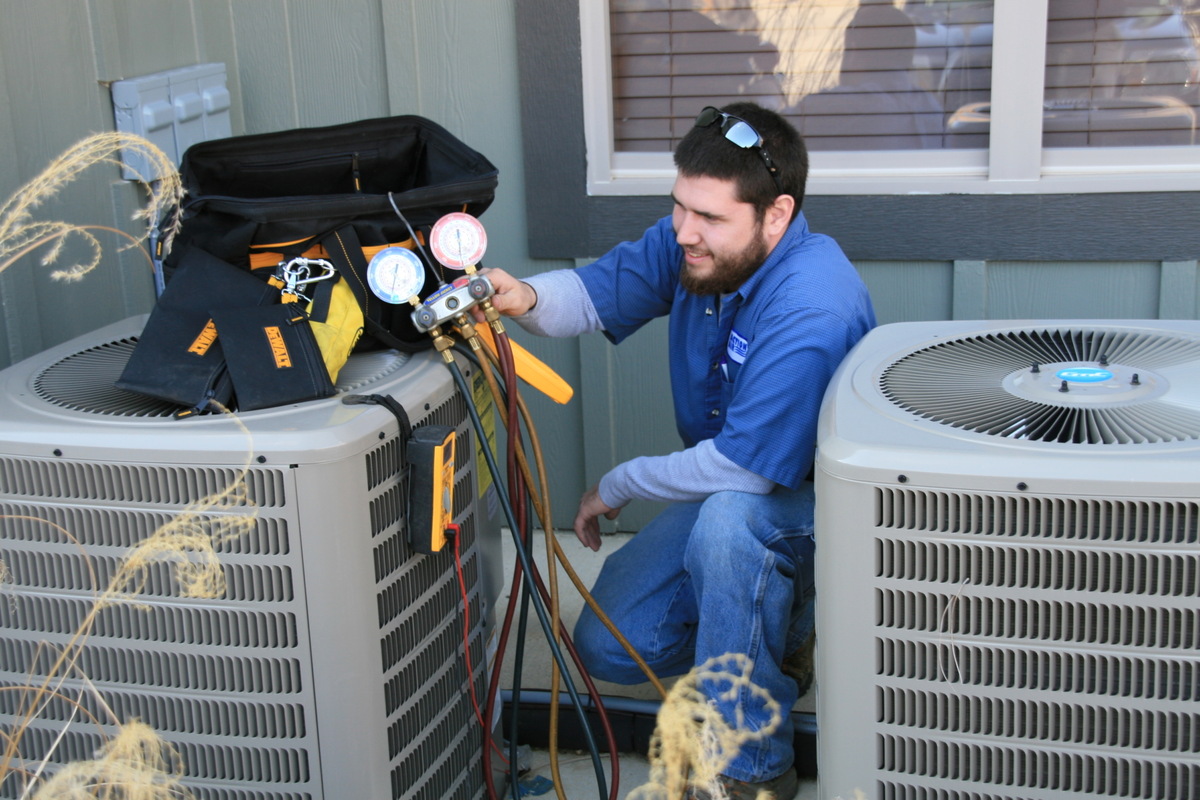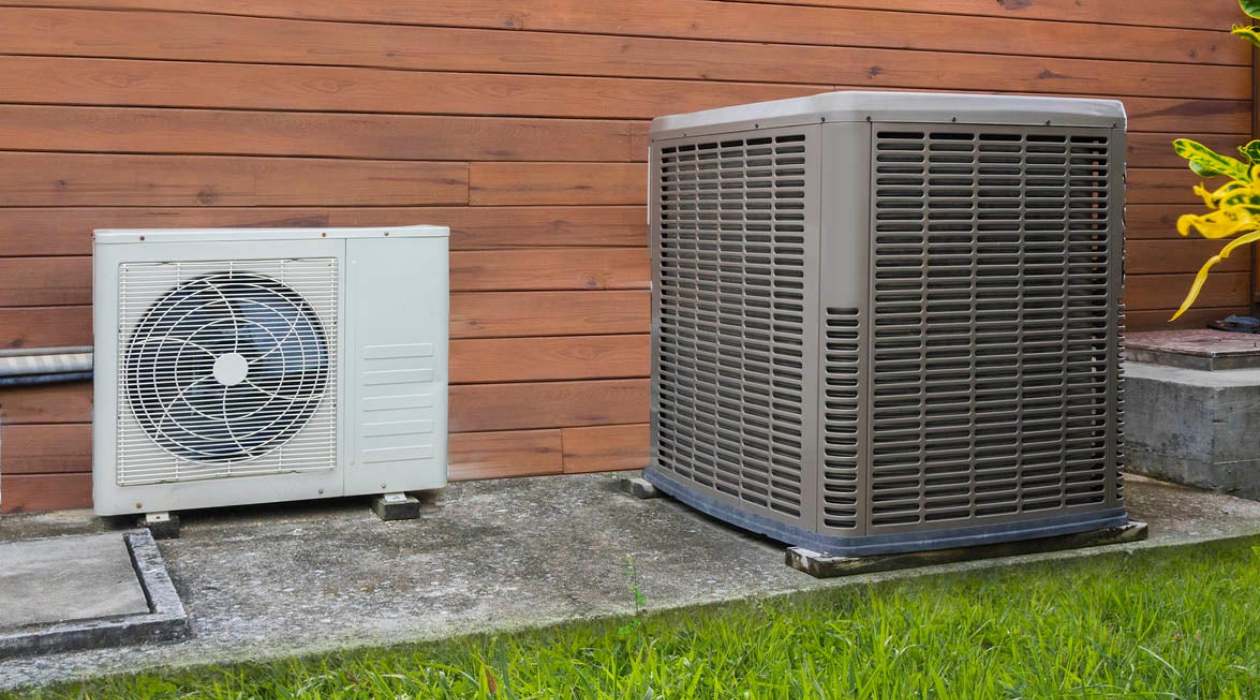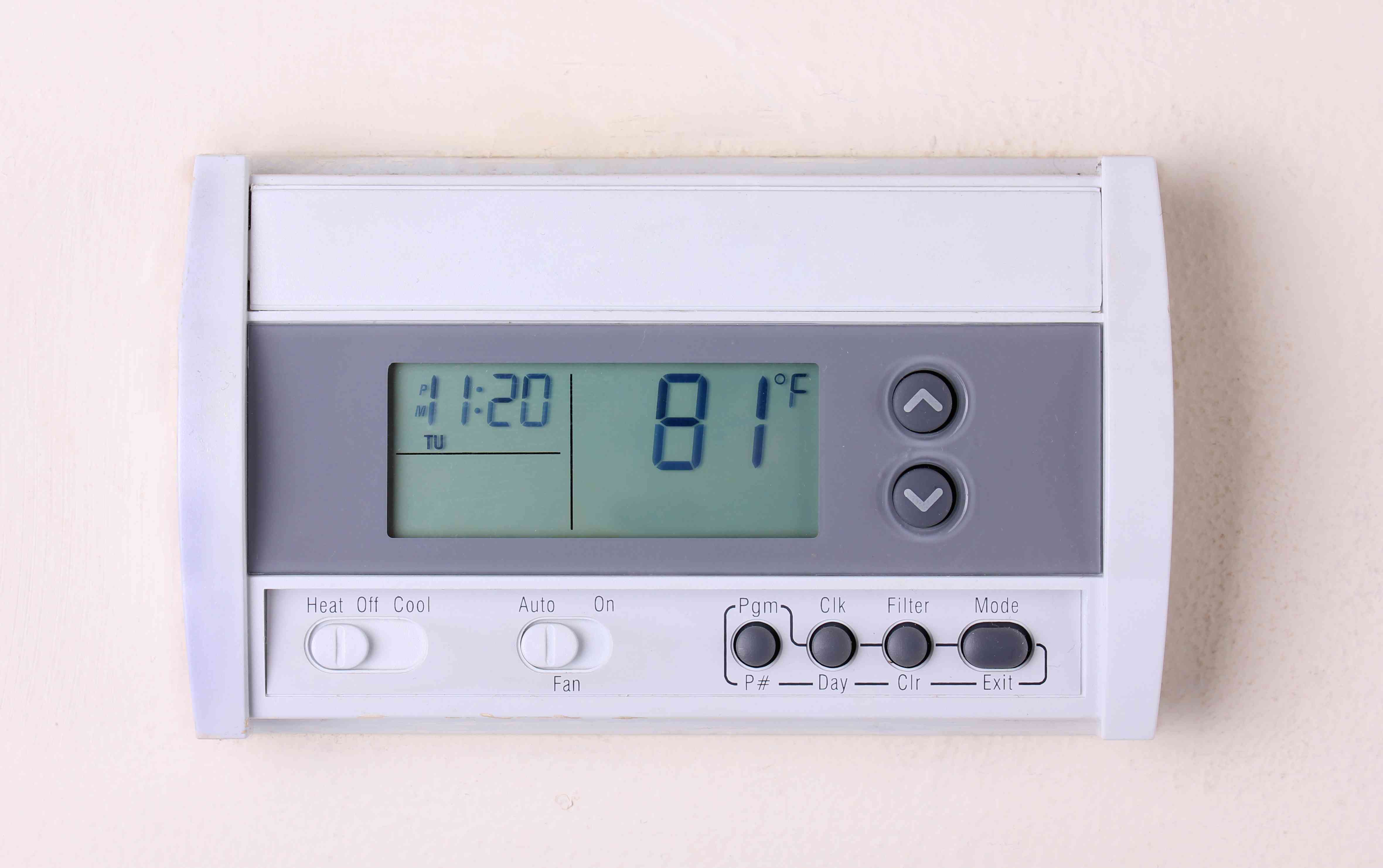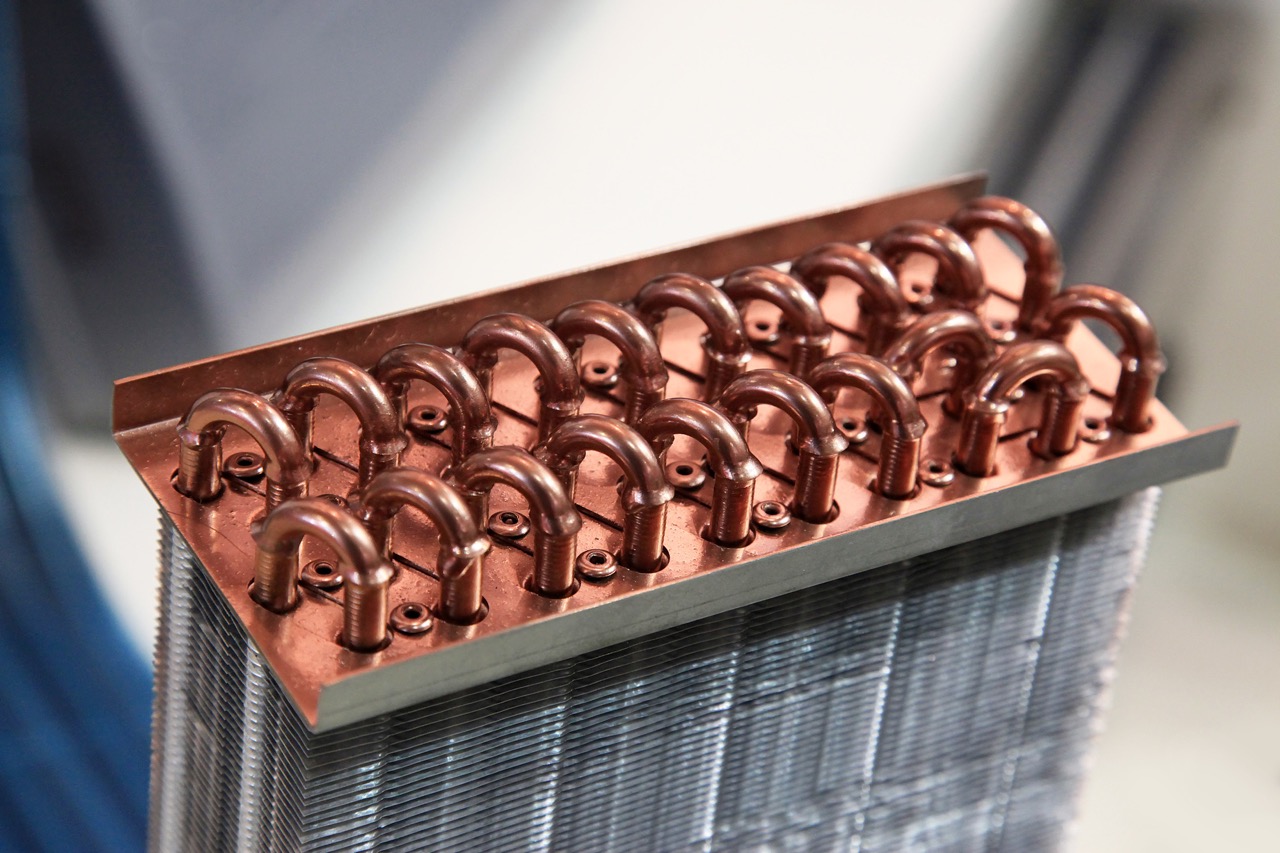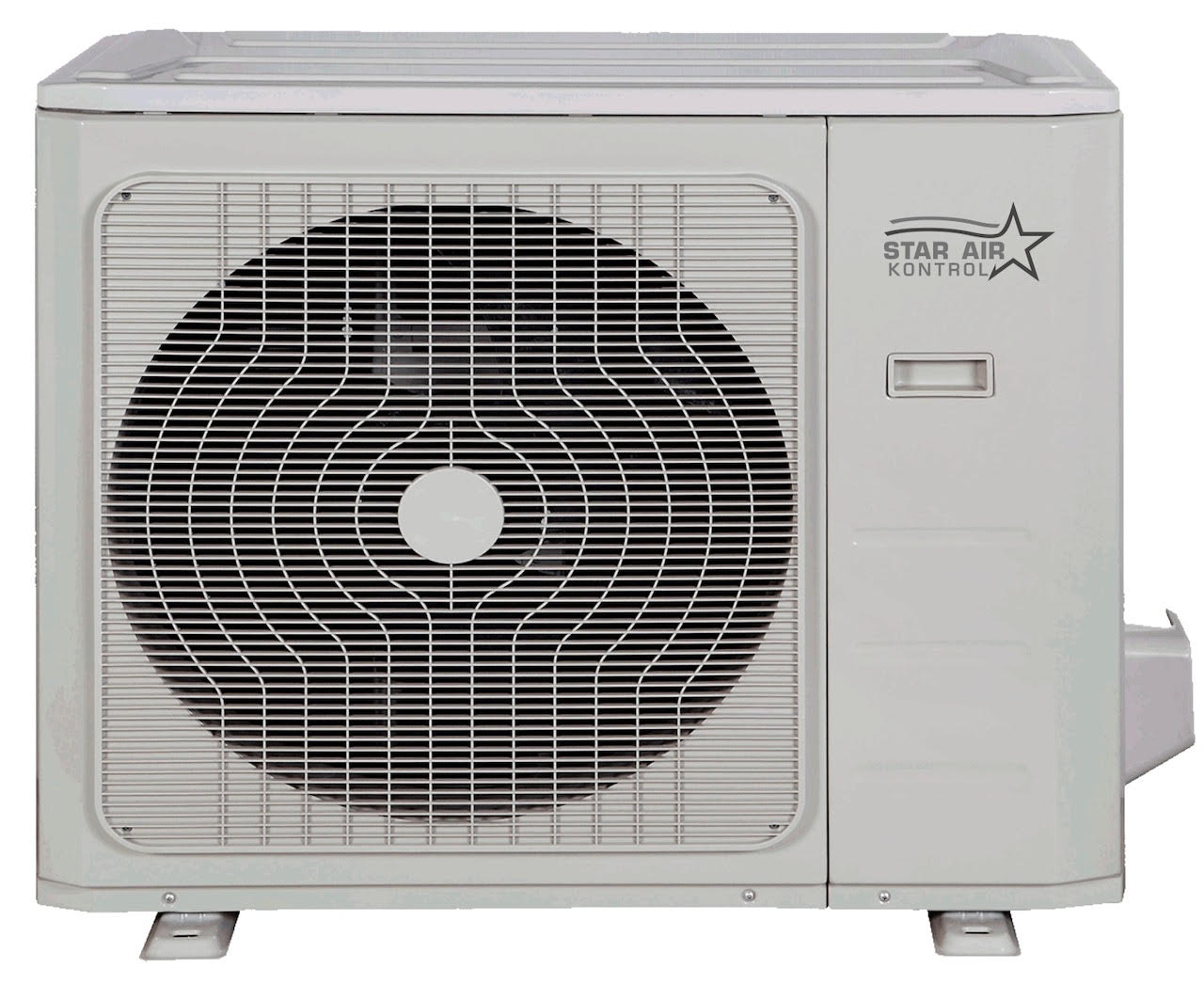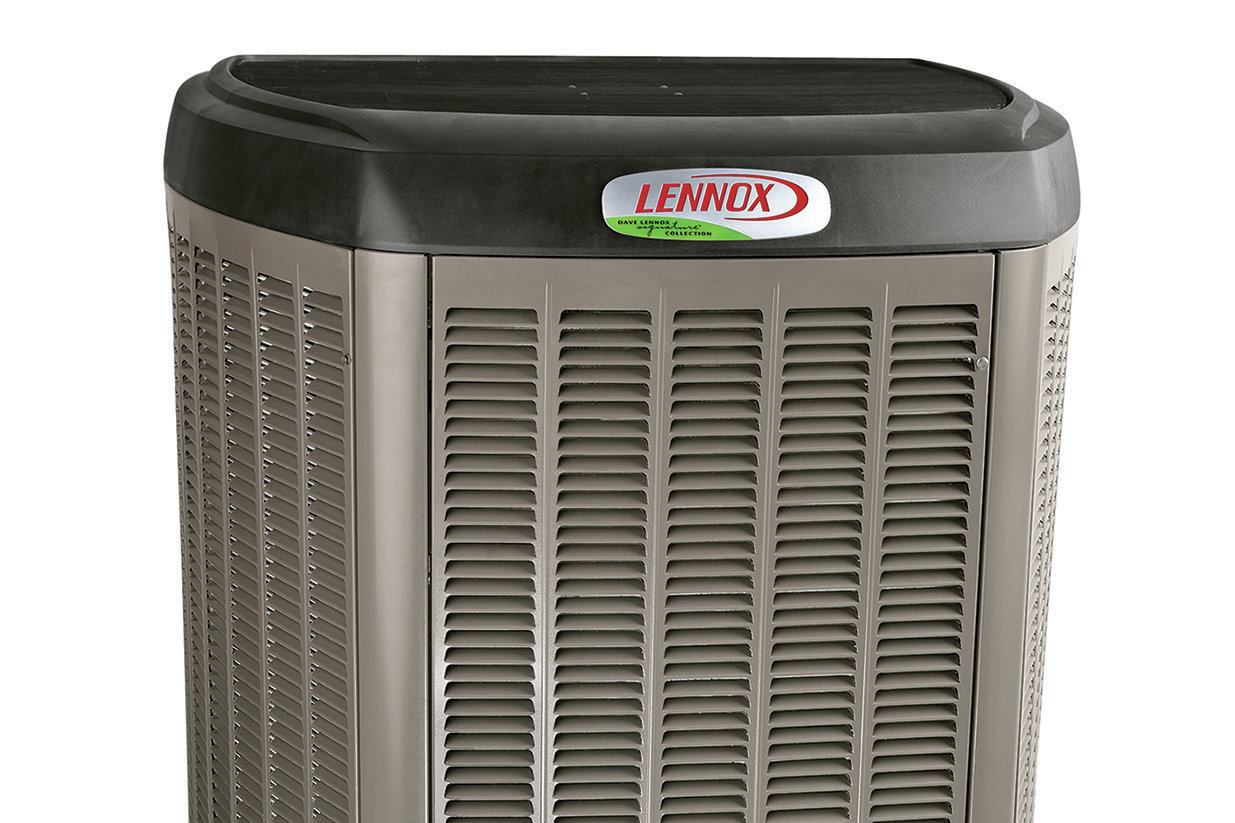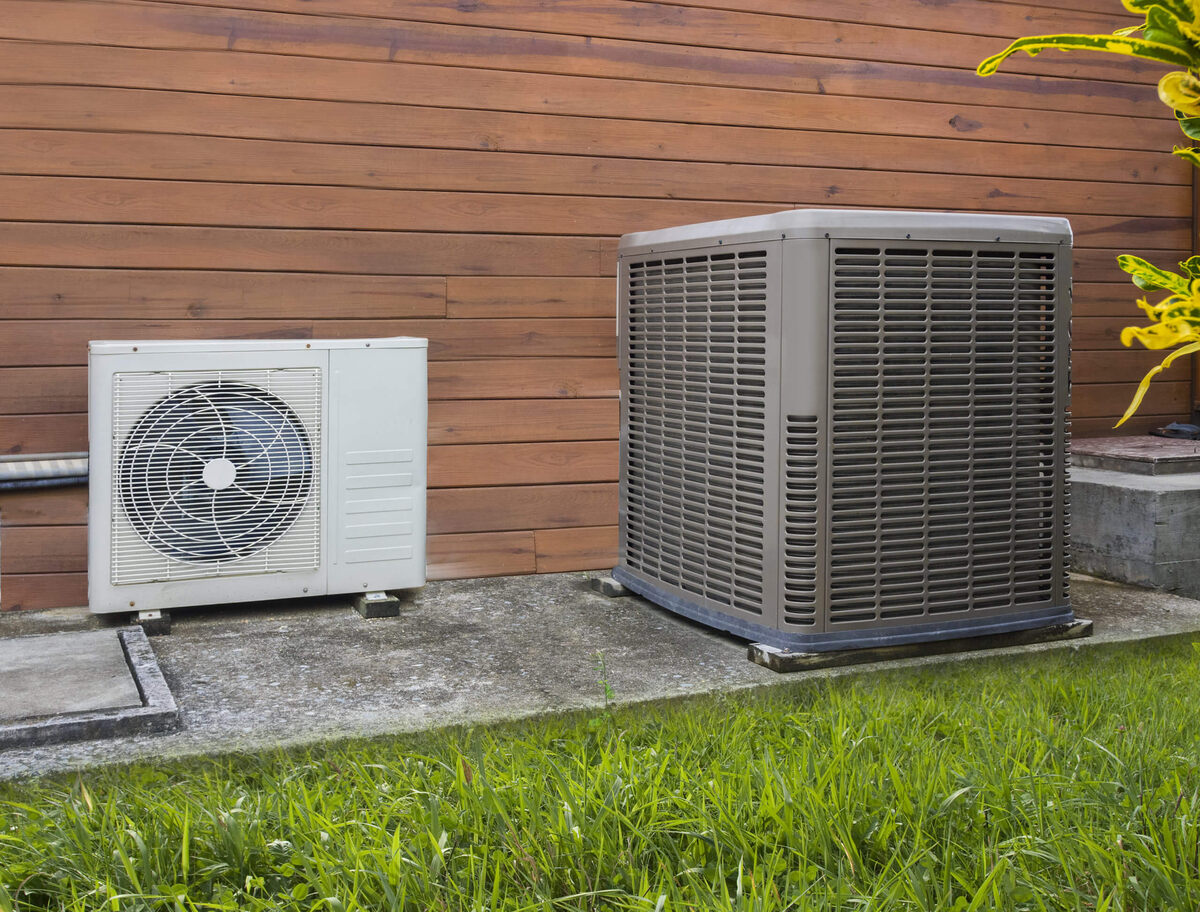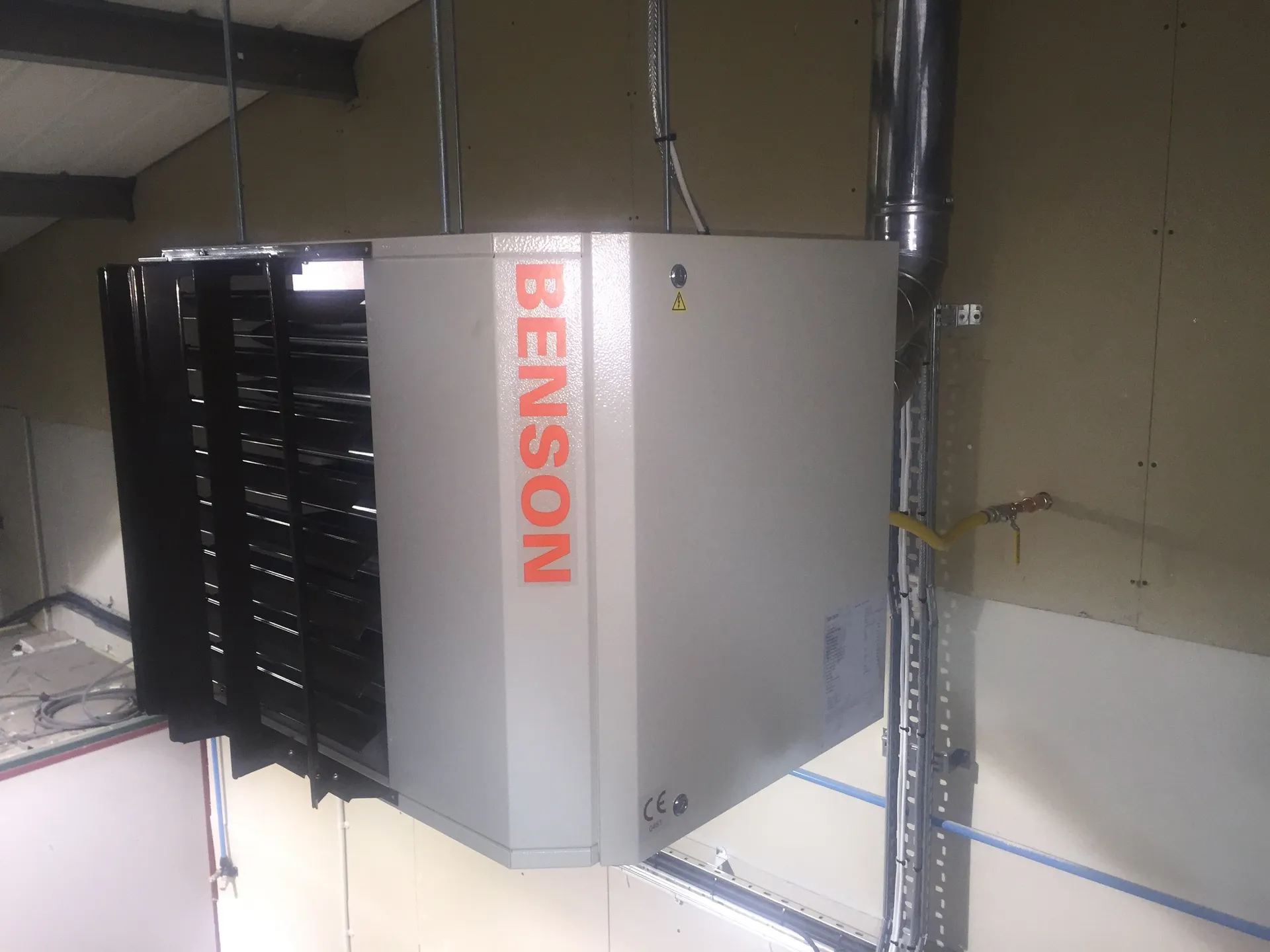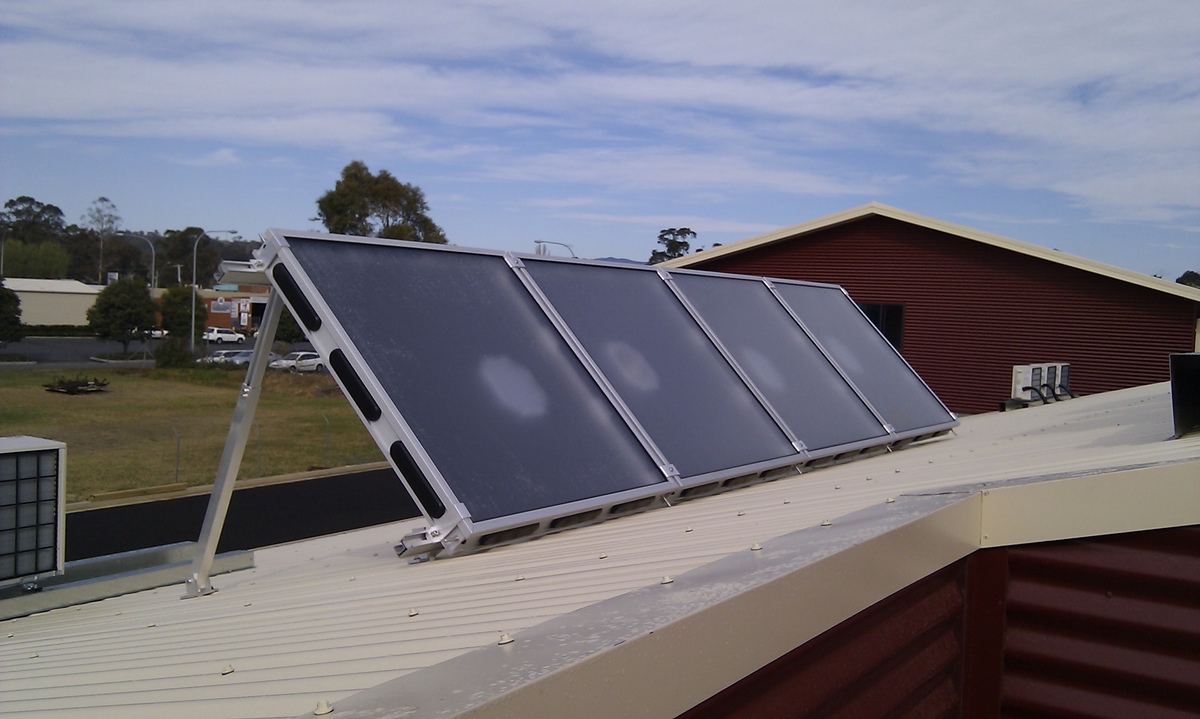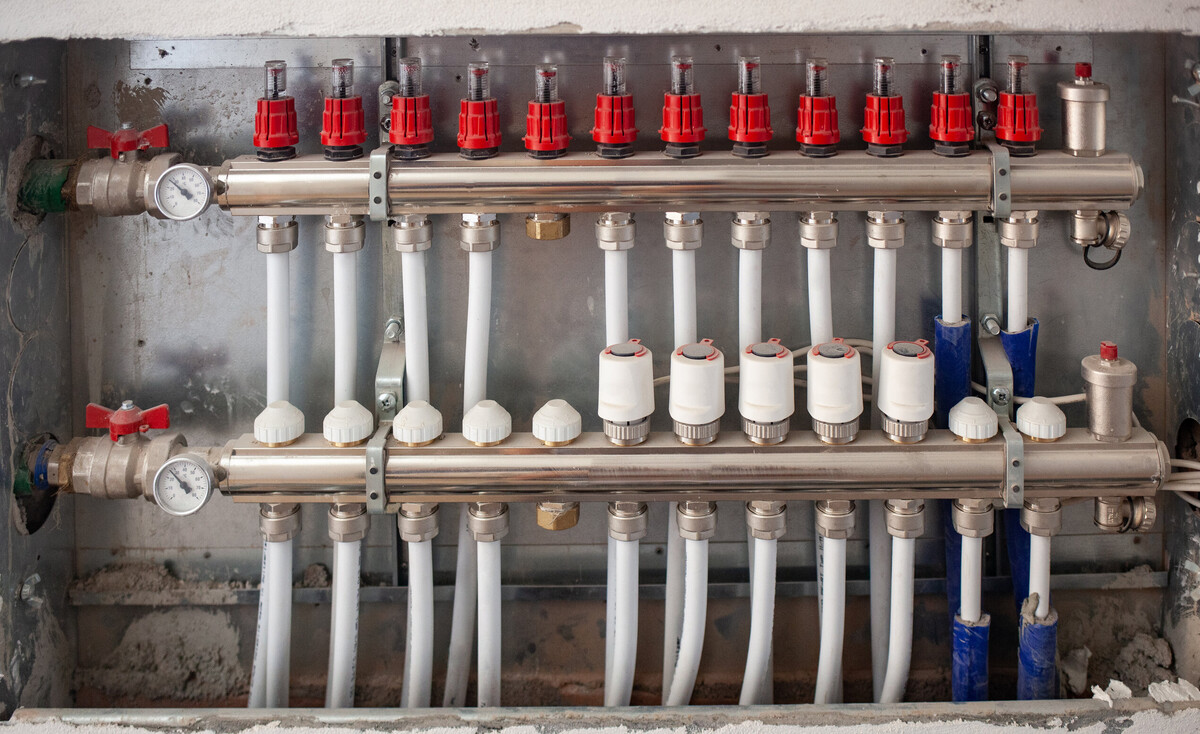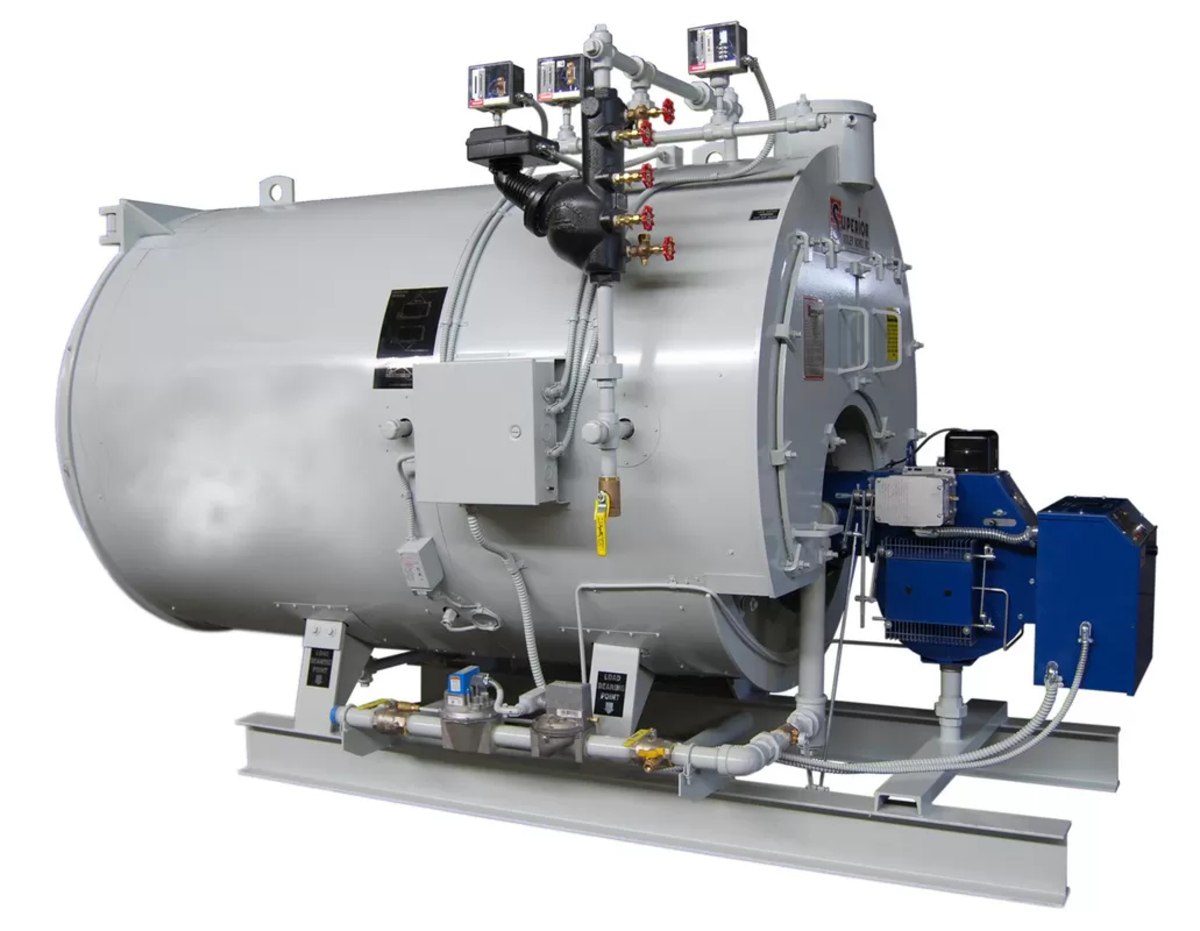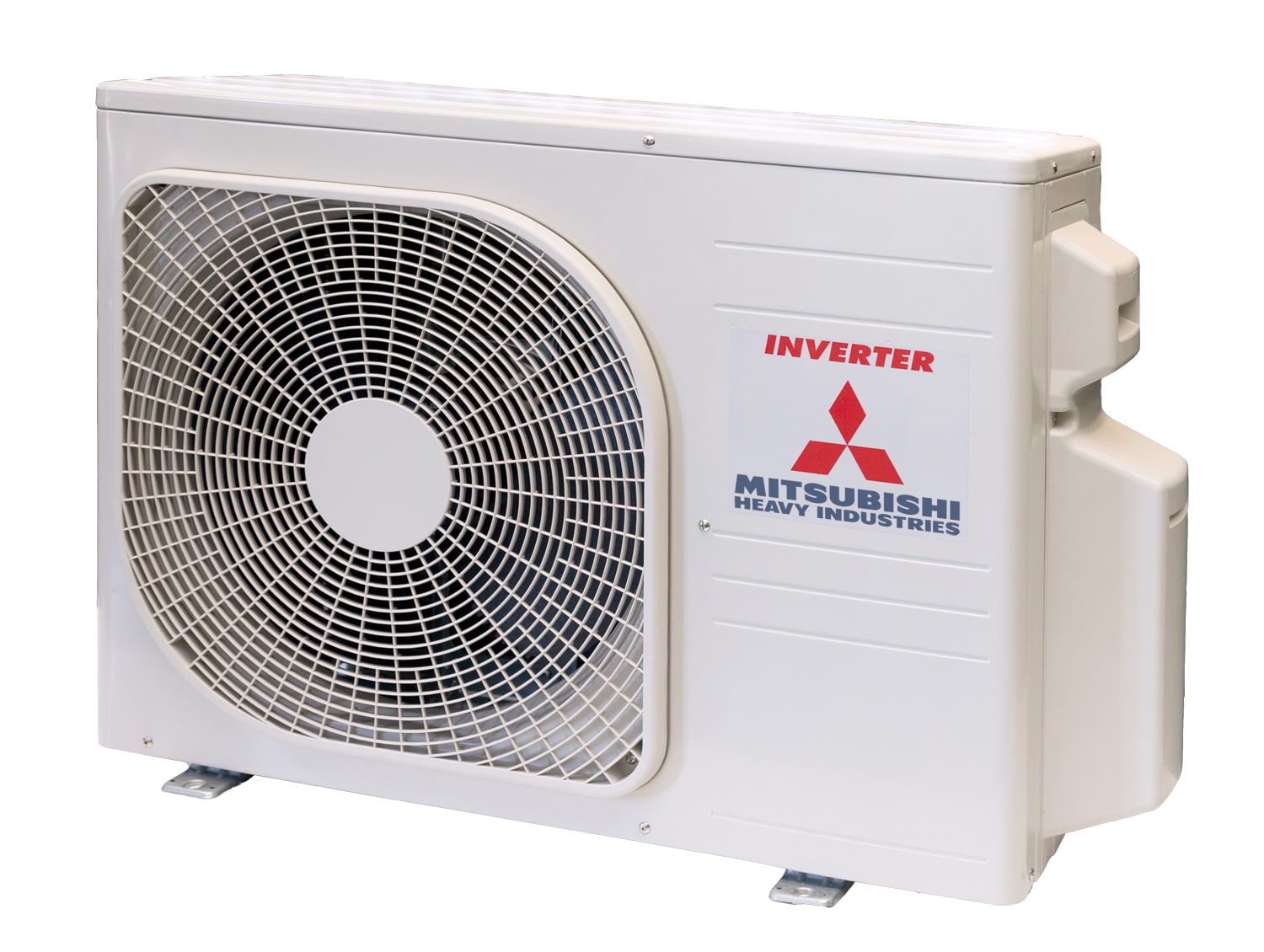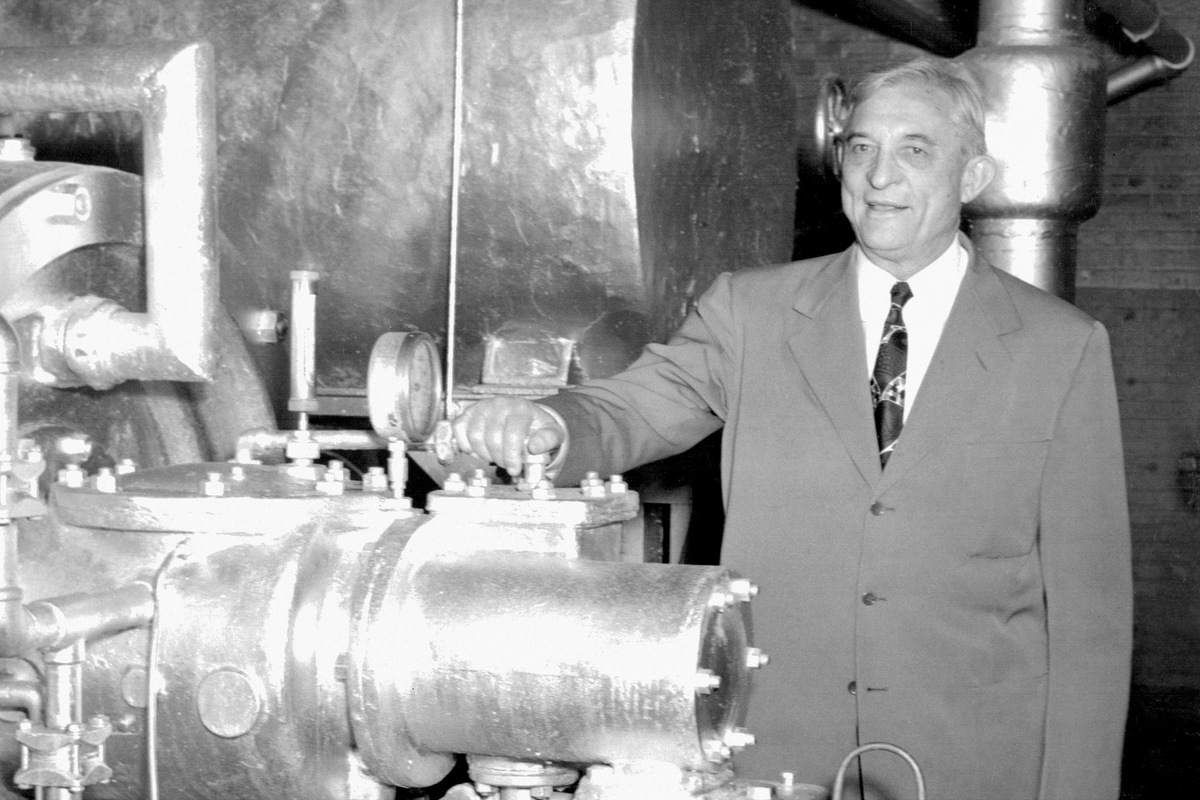Home>Home Maintenance>What Takes Heat From The Air And Brings It To The Refrigerant In An Air Conditioning System
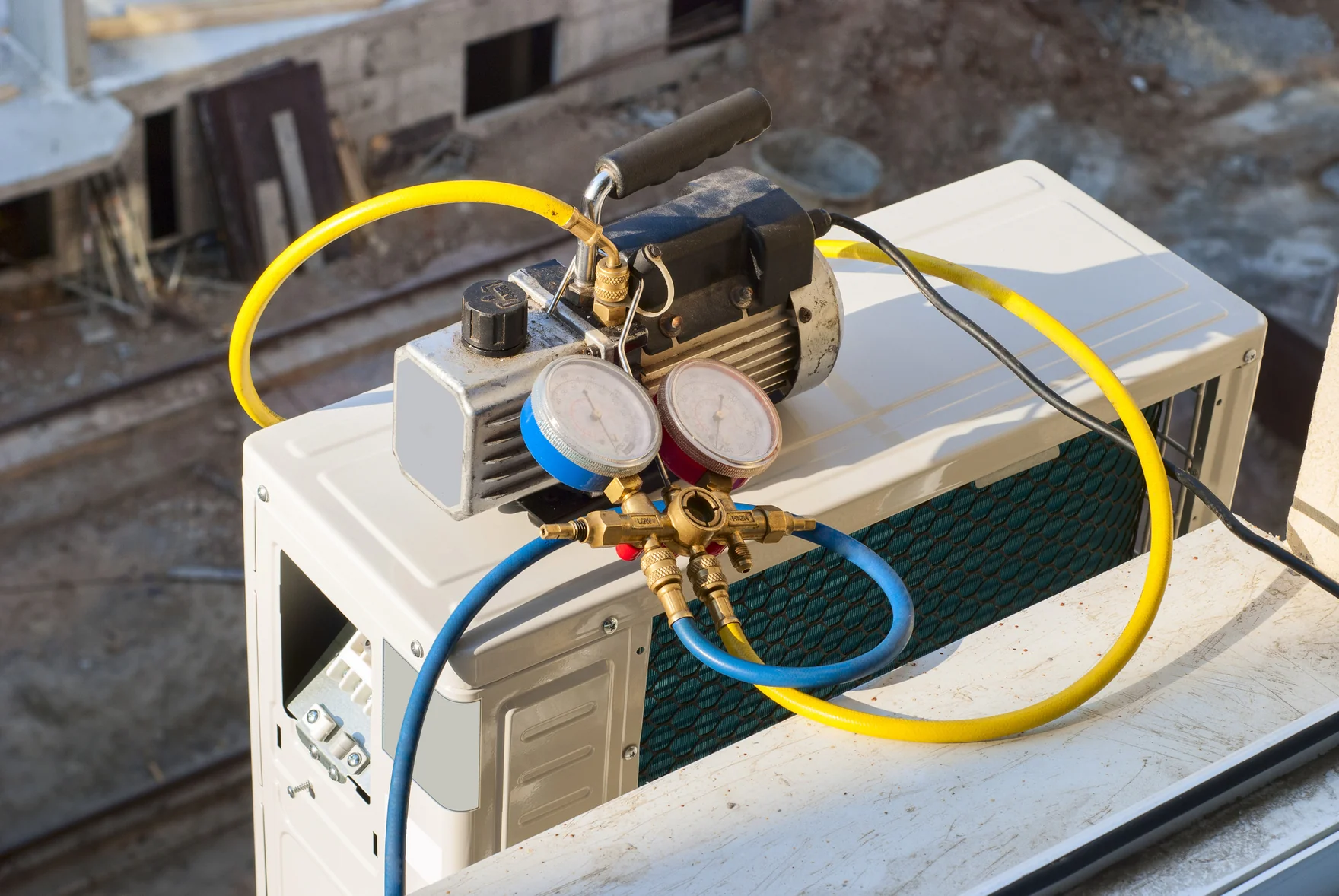

Home Maintenance
What Takes Heat From The Air And Brings It To The Refrigerant In An Air Conditioning System
Modified: March 6, 2024
Discover how home-maintenance air conditioning systems use a heat transfer process to extract heat from the air and transfer it to the refrigerant, ensuring a comfortable environment year-round.
(Many of the links in this article redirect to a specific reviewed product. Your purchase of these products through affiliate links helps to generate commission for Storables.com, at no extra cost. Learn more)
Introduction
Welcome to the world of air conditioning systems! As the scorching heat of summer approaches, it’s time to ensure that your home remains a cool oasis. But have you ever wondered how an air conditioning system works and how it manages to bring down the temperature of your living space? It’s all about heat transfer.
An air conditioning system is not just a simple cooling device. It is a complex system that utilizes several components and processes to remove heat from the air and create a comfortable indoor environment. Understanding the basics of heat transfer in an air conditioning system will help you appreciate the technology behind it and make informed decisions when it comes to maintenance and repairs.
In this article, we will explore the key concepts of heat transfer in air conditioning systems and how various components work together to achieve efficient cooling. Whether you’re a homeowner looking to enhance your knowledge or an aspiring HVAC technician, this article will provide you with valuable insights.
So, let’s delve into the fascinating world of air conditioning and discover what takes heat from the air and brings it to the refrigerant!
Key Takeaways:
- Air conditioning systems use heat transfer to cool indoor spaces by absorbing heat from the air and releasing it outside, creating a comfortable environment during hot summer months.
- Components like the compressor, condenser, evaporator, expansion valve, and refrigerant work together to transfer heat efficiently, ensuring optimal cooling performance and energy efficiency.
Read more: What Is Refrigeration Air Conditioning
Overview of Air Conditioning Systems
Air conditioning systems play a crucial role in maintaining a comfortable indoor environment by regulating temperature, humidity, and air quality. These systems are widely used in residential, commercial, and industrial settings to provide relief from extreme heat and create a pleasant living or working space.
At its core, an air conditioning system operates on the principles of heat transfer, wherein thermal energy is moved from one location to another. The main goal is to extract heat from the indoor air and release it outside, resulting in a cooler indoor environment.
There are two primary types of air conditioning systems: central air conditioning and room air conditioning. Central air conditioning systems are commonly found in larger buildings, such as homes, offices, and shopping malls, where a centralized unit cools the entire space. Room air conditioning systems, on the other hand, are designed to cool smaller areas and are typically found in individual rooms or apartments.
Both types of air conditioning systems function using similar principles, although the specific components and configurations may vary. The key components of an air conditioning system include a compressor, condenser, evaporator, expansion valve, and refrigerant.
Now that we have a basic understanding of air conditioning systems let’s explore the fascinating concept of heat transfer and how it is integral to the cooling process.
Heat Transfer in Air Conditioning Systems
Heat transfer is the process by which thermal energy is transferred from one object or substance to another. In the context of air conditioning systems, heat transfer is employed to remove heat from the indoor air and transfer it to the outdoors, resulting in a cooler indoor environment.
There are three main methods of heat transfer involved in air conditioning systems: conduction, convection, and radiation.
Conduction is the process by which heat is transferred through direct contact between two objects. In the case of air conditioning systems, conduction occurs when heat is transferred from warmer surfaces, such as walls or furniture, to cooler surfaces, such as the evaporator coils.
Convection, on the other hand, involves the transfer of heat through the movement of fluid or air. In an air conditioning system, convection occurs as warm indoor air is drawn in and passes over the evaporator coils, where heat is absorbed, and cool air is then blown back into the room.
Radiation is the transfer of heat through electromagnetic waves. While radiation is less significant in air conditioning systems compared to conduction and convection, it still plays a role in the overall heat transfer process.
Understanding these mechanisms of heat transfer is crucial for the effective operation of an air conditioning system. The components of an air conditioning system work together to facilitate these heat transfers, ensuring that heat is effectively removed from indoor air and expelled outside.
Next, we will delve deeper into the key components of an air conditioning system and their role in the heat transfer process.
Components of an Air Conditioning System
An air conditioning system consists of several components, each with its specific function in the cooling process. Understanding these components is essential for troubleshooting and maintaining the system’s efficiency. Let’s take a closer look at the key components that make up an air conditioning system:
- Compressor: The compressor is the heart of the air conditioning system. It is responsible for compressing the refrigerant gas, raising its pressure and temperature. The high-pressure gas then moves to the condenser for further processing.
- Condenser: The condenser is often located outside the building and is responsible for transferring heat from the refrigerant gas to the surrounding air. As the high-pressure gas flows through the condenser coils, it loses heat and condenses into a liquid state.
- Evaporator: The evaporator is typically located inside the building, and its primary function is to absorb heat from the indoor air. As the refrigerant liquid passes through the evaporator coils, it evaporates, absorbing heat from the surrounding air, and transforming into a low-pressure gas.
- Expansion Valve: The expansion valve regulates the flow of refrigerant between the evaporator and condenser. It lowers the pressure of the refrigerant, allowing it to expand rapidly and cool down as it enters the evaporator coils.
- Refrigerant: The refrigerant is the substance responsible for absorbing and releasing heat in the air conditioning system. It undergoes a continuous cycle of phase changes from a gas to a liquid and back to a gas, enabling the transfer of heat from the indoor air to the outdoor environment.
In addition to these main components, an air conditioning system may also include other auxiliary components such as fans, blower motors, filters, and ductwork. These components, though not directly involved in heat transfer, play a crucial role in delivering cool air to the living or working space and maintaining indoor air quality.
Now that we have a clear understanding of the components involved let’s explore the role of the refrigerant in enabling efficient heat transfer in an air conditioning system.
Role of the Refrigerant in Heat Transfer
The refrigerant is a vital component of an air conditioning system as it facilitates the transfer of heat from the indoor air to the outdoor environment. It undergoes a continuous cycle of phase changes that allow it to absorb and release heat effectively.
The refrigerant starts as a low-pressure gas in the evaporator coils. As warm indoor air passes over the coils, the refrigerant absorbs the heat from the air, causing the refrigerant to evaporate. This phase change from a liquid to a gas allows the refrigerant to absorb a significant amount of heat energy.
Once the refrigerant has absorbed heat, it travels to the compressor, where it is compressed into a high-pressure gas. Compression raises the temperature and the pressure of the refrigerant, further increasing its ability to release heat.
The high-pressure gas then moves to the condenser, located outside the building, where it releases the absorbed heat to the outdoor environment. The condenser coils allow the refrigerant to transfer heat to the surrounding air, causing the gas to condense back into a liquid state.
After condensation, the refrigerant returns to the expansion valve, where its pressure is reduced, and it undergoes a rapid expansion, resulting in a drop in temperature. The cool, low-pressure liquid then re-enters the evaporator, and the cycle starts anew.
The refrigerant plays a crucial role in an air conditioning system’s ability to remove heat from indoor air efficiently. Its unique properties enable it to absorb heat at low temperatures and release heat at high temperatures, making it a highly effective heat transfer medium.
It’s important to note that different air conditioning systems utilize different types of refrigerants. However, regardless of the specific refrigerant used, their role in the heat transfer process remains the same.
Now that we understand the role of the refrigerant, let’s explore how the heat exchanger in the air conditioning system brings heat from the air to the refrigerant.
The component in an air conditioning system that takes heat from the air and brings it to the refrigerant is called the evaporator coil. This coil absorbs the heat from the air, allowing the refrigerant to carry it away and cool the air inside the system.
Read more: What Is A Heat Pump Air Conditioning System
The Heat Exchanger: Bringing Heat from the Air to the Refrigerant
The heat exchanger is a critical component of an air conditioning system that plays a crucial role in transferring heat from the air to the refrigerant. It consists of coils or plates that provide a large surface area for efficient heat transfer.
In the air conditioning system, the heat exchanger is divided into two main parts: the evaporator coil and the condenser coil.
The evaporator coil is located inside the building and is responsible for absorbing heat from the indoor air. As warm air from the room passes over the cold evaporator coils, heat is transferred from the air to the refrigerant. The refrigerant, in a low-pressure liquid state, absorbs the heat energy, causing it to vaporize into a low-pressure gas, cool down the air, and dehumidify it.
On the other hand, the condenser coil is located in the outdoor unit of the air conditioning system. It’s responsible for releasing the heat absorbed from the indoor air to the outdoor environment. As the high-pressure refrigerant gas flows through the condenser coil, it transfers the heat to the surrounding air or the ambient environment. This process causes the refrigerant to condense back into a liquid state, ready to repeat the cycle.
The heat exchanger maximizes heat transfer efficiency by creating a large surface area for interaction between the air and the refrigerant. The coils or plates are designed to increase the contact between the two, ensuring optimal heat exchange. Additionally, the airflow over the evaporator and condenser coils enhances the heat transfer process.
Efficient heat exchange in the heat exchanger is critical for the overall performance of the air conditioning system. A well-maintained heat exchanger ensures the system operates at its peak efficiency, providing effective cooling and optimal energy consumption.
Now that we understand the role of the heat exchanger, let’s explore the different types of heat exchangers commonly used in air conditioning systems.
Types of Heat Exchangers in Air Conditioning Systems
Heat exchangers are key components in air conditioning systems that enable the transfer of heat between the air and the refrigerant. There are two main types of heat exchangers commonly used in air conditioning systems: finned tube heat exchangers and plate heat exchangers.
Finned Tube Heat Exchangers: Finned tube heat exchangers consist of a series of tubes with fins attached to their outer surface. These fins increase the surface area of the tubes, allowing for enhanced heat transfer between the air and the refrigerant. The fin design promotes turbulent airflow, which improves the heat exchange process. Finned tube heat exchangers are commonly used in larger air conditioning systems, such as central air conditioning units, where high heat transfer rates are required.
Plate Heat Exchangers: Plate heat exchangers, as the name suggests, consist of a series of metal plates with fluid passages in between. The plates facilitate the transfer of heat between the air and the refrigerant through direct contact. Plate heat exchangers are known for their compact size and high heat transfer efficiency. They are commonly used in smaller air conditioning systems, such as room air conditioners, where space is limited.
Both types of heat exchangers have their advantages and are designed to suit different air conditioning system requirements. The choice of heat exchanger depends on factors such as system capacity, space availability, and desired heat transfer efficiency.
Now that we are familiar with the types of heat exchangers, let’s explore the working principle of the heat exchanger in an air conditioning system and how it enables efficient heat transfer.
Working Principle of the Heat Exchanger
The heat exchanger in an air conditioning system operates on the principles of conduction and convection to facilitate efficient heat transfer between the air and the refrigerant. Let’s understand the working principle of the heat exchanger in detail:
1. Evaporator Coil: The working process begins with the evaporator coil, which is located inside the building. Warm indoor air is drawn into the air conditioning system and passes over the cold evaporator coils. As the air comes into contact with the cold surface of the coils, heat is transferred from the air to the refrigerant. The refrigerant, in a low-pressure liquid state, absorbs the heat energy from the air, causing it to evaporate into a low-pressure gas.
2. Condenser Coil: After absorbing heat from the indoor air, the vaporized refrigerant travels to the outdoor unit of the air conditioning system, where it enters the condenser coil. The condenser coil is responsible for releasing the absorbed heat to the outdoor environment. As the high-pressure refrigerant gas flows through the condenser coil, it transfers the heat to the surrounding air or ambient environment. This heat exchange causes the refrigerant to condense back into a liquid state, ready to repeat the cycle.
3. Phase Change and Circulation: The continuous cycle of evaporation and condensation of the refrigerant allows for efficient heat transfer. The refrigerant, in its gaseous state, carries the latent heat absorbed from the indoor air to the condenser coil. Through the process of compression and condensation, the refrigerant releases this heat to the outdoor environment, reverts back to liquid form, and recirculates to the evaporator coil for another round of heat absorption.
4. Airflow and Surface Area: The heat exchanger’s design maximizes heat transfer efficiency. The configuration of the evaporator and condenser coils, along with the fins or plates, creates a large surface area for contact between the air and the refrigerant. This increased surface area allows for greater heat exchange, ensuring optimal cooling performance and energy efficiency.
The working principle of the heat exchanger, combined with the other components of the air conditioning system, enables the efficient transfer of heat from the air to the refrigerant. This process allows for the creation of a comfortable indoor environment by removing heat and maintaining cool temperatures.
Understanding the working principle of the heat exchanger helps us appreciate the complexity and functionality of air conditioning systems. Now, let’s explore the factors that can affect the heat transfer efficiency of the heat exchanger in an air conditioning system.
Factors Affecting Heat Transfer Efficiency
The heat transfer efficiency of a heat exchanger in an air conditioning system can be influenced by various factors. These factors can impact the overall cooling performance and energy efficiency of the system. Let’s explore some of the key factors that affect heat transfer efficiency:
1. Airflow: Adequate airflow over the evaporator and condenser coils is essential for efficient heat transfer. Insufficient airflow can restrict the heat exchange process, leading to reduced cooling capacity. Regularly cleaning or replacing air filters, removing any obstructions around the outdoor unit, and ensuring proper ventilation are crucial for maintaining optimal airflow.
2. Surface Area: The surface area of the heat exchanger plays a crucial role in heat transfer efficiency. A larger surface area allows for more contact between the air and the refrigerant, resulting in enhanced heat exchange. Design factors such as fin density, coil arrangement, and plate spacing influence the available surface area for heat transfer.
3. Refrigerant Charge: The proper amount of refrigerant charge is vital for efficient heat transfer. Undercharged or overcharged systems can lead to reduced cooling capacity and decreased heat transfer efficiency. It is crucial to ensure that the refrigerant charge is within the manufacturer’s specified range to optimize performance.
4. Cleanliness: The cleanliness of the heat exchanger coils is essential for efficient heat transfer. Dust, dirt, and debris on the coils can act as an insulating layer, reducing heat exchange efficiency. Regular cleaning and maintenance of the heat exchanger coils are important to prevent this buildup and maintain optimal performance.
5. Ambient Temperature: The ambient temperature surrounding the condenser coils affects heat transfer efficiency. Higher ambient temperatures can reduce the temperature gradient between the refrigerant and the surrounding air, resulting in decreased heat release. Adequate airflow and proper ventilation around the outdoor unit can help mitigate the impact of high ambient temperatures on heat transfer efficiency.
6. Refrigerant Type: The choice of refrigerant used in the air conditioning system can affect heat transfer efficiency. Different refrigerants have different thermal conductivity and heat transfer characteristics. Opting for modern, energy-efficient refrigerants with higher heat transfer capabilities can contribute to improved system efficiency.
By considering these factors and ensuring regular maintenance, homeowners and technicians can optimize the heat transfer efficiency of the heat exchanger in an air conditioning system. This leads to improved cooling performance, energy efficiency, and a comfortable indoor environment.
Now that we have explored the factors affecting heat transfer efficiency, let’s summarize what we’ve learned about the heat transfer process in an air conditioning system.
Conclusion
Air conditioning systems are remarkable inventions that utilize the principles of heat transfer to create comfortable indoor environments, especially during hot summer months. Understanding the intricacies of heat transfer in these systems can help homeowners and technicians effectively maintain and optimize their performance.
We explored the key components of air conditioning systems, including the compressor, condenser, evaporator, expansion valve, and refrigerant. These components work together to facilitate the transfer of heat from the indoor air to the outdoor environment, resulting in cooler temperatures indoors.
The refrigerant plays a vital role in the heat transfer process, absorbing and releasing heat as it undergoes phase changes. The heat exchanger, consisting of evaporator and condenser coils, provides a large surface area for efficient heat exchange between the air and the refrigerant.
Two common types of heat exchangers, finned tube and plate heat exchangers, are used in air conditioning systems based on the application and capacity requirements. These heat exchangers optimize heat transfer efficiency by maximizing the surface area available for contact between the air and the refrigerant.
Several factors can impact heat transfer efficiency, including airflow, surface area, refrigerant charge, cleanliness, ambient temperature, and the type of refrigerant used. By addressing these factors and ensuring proper maintenance, homeowners and technicians can improve the cooling performance and energy efficiency of their air conditioning systems.
In conclusion, air conditioning systems rely on the principles of heat transfer to create comfortable indoor environments. Through the collaboration of various components and the utilization of heat exchangers, heat is efficiently transferred from the air to the refrigerant, resulting in cooler temperatures indoors. By understanding the mechanisms behind heat transfer and considering the factors that affect efficiency, we can ensure optimal performance and enjoy the benefits of a well-functioning air conditioning system.
Frequently Asked Questions about What Takes Heat From The Air And Brings It To The Refrigerant In An Air Conditioning System
Was this page helpful?
At Storables.com, we guarantee accurate and reliable information. Our content, validated by Expert Board Contributors, is crafted following stringent Editorial Policies. We're committed to providing you with well-researched, expert-backed insights for all your informational needs.
